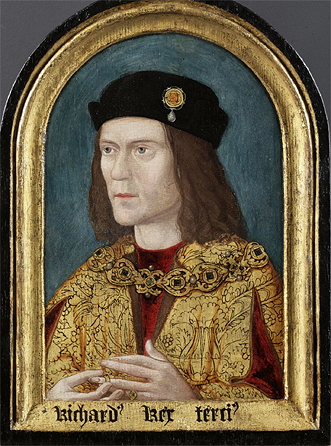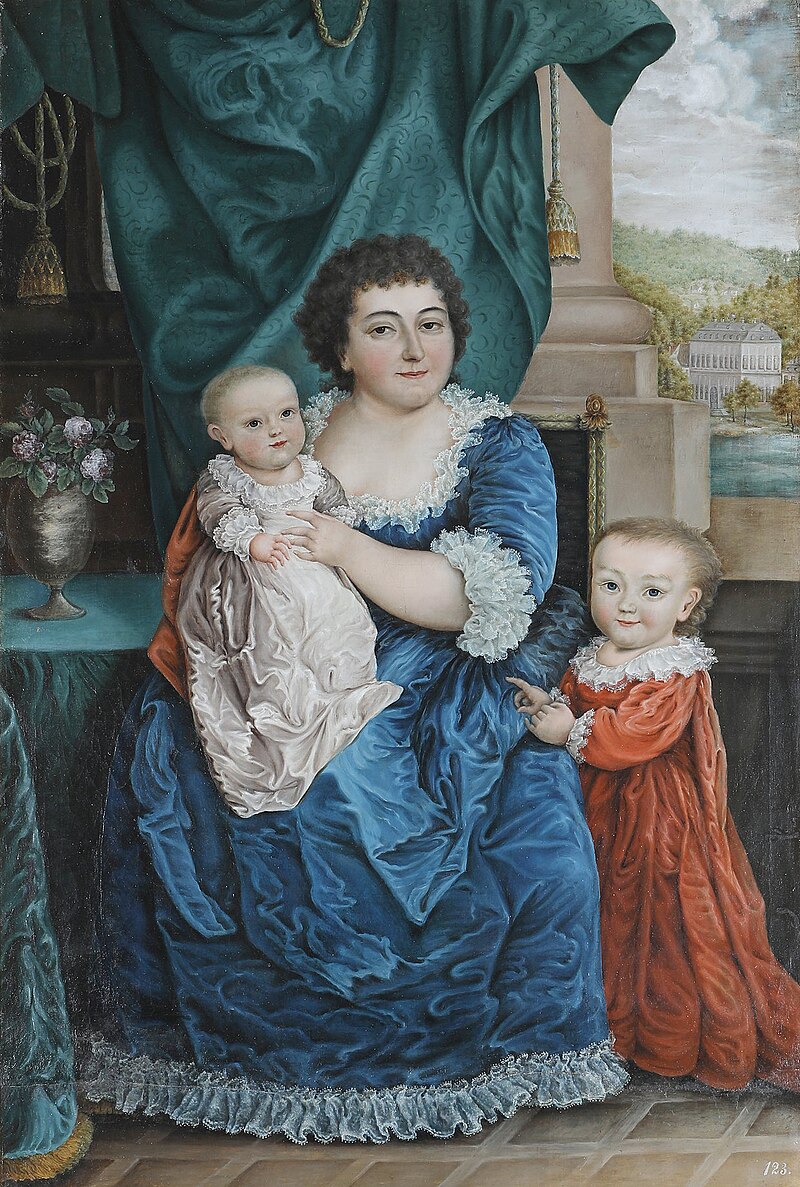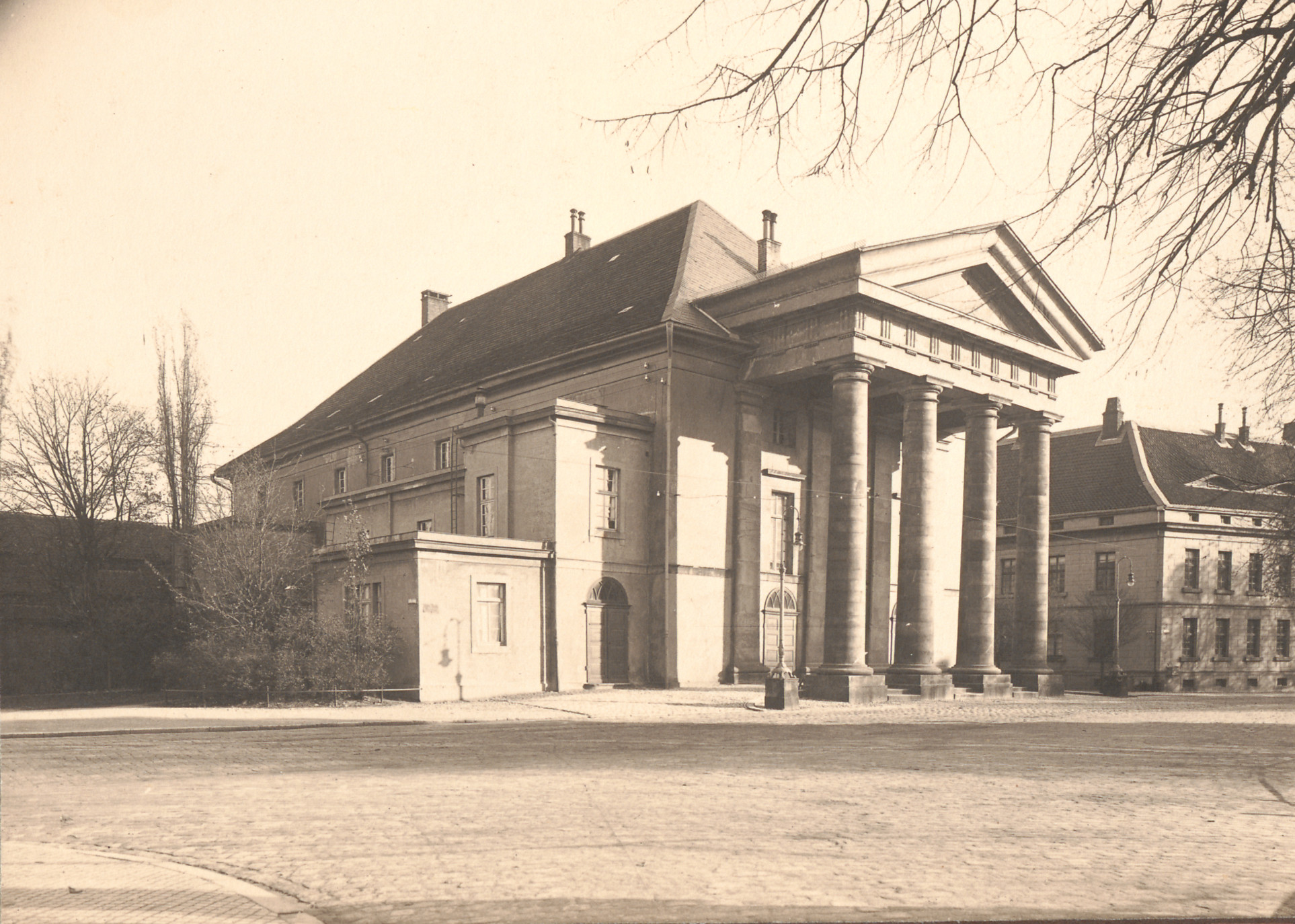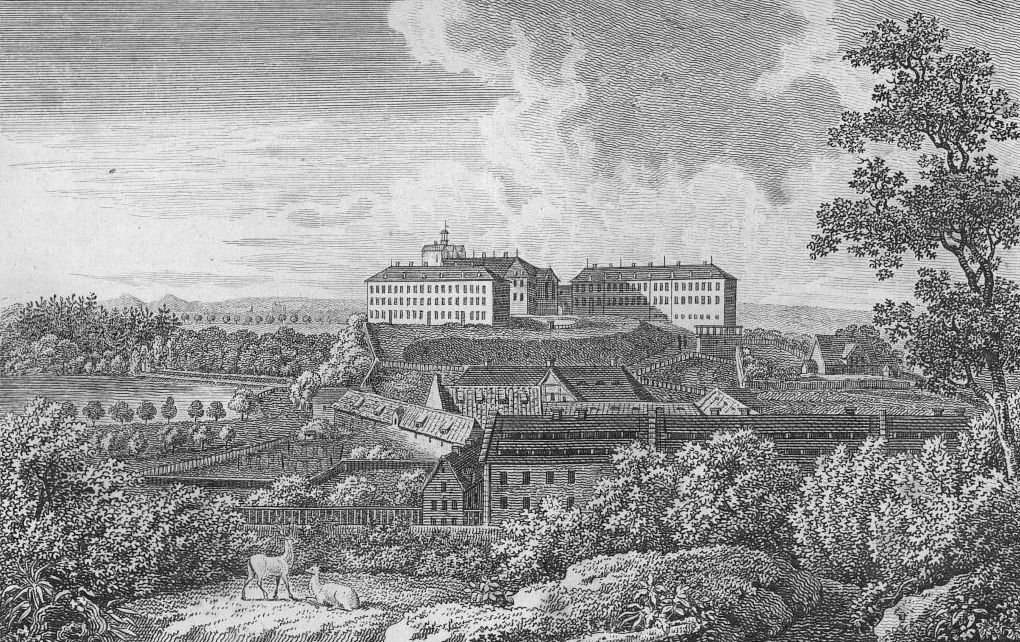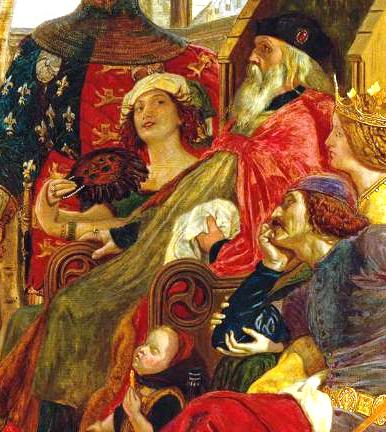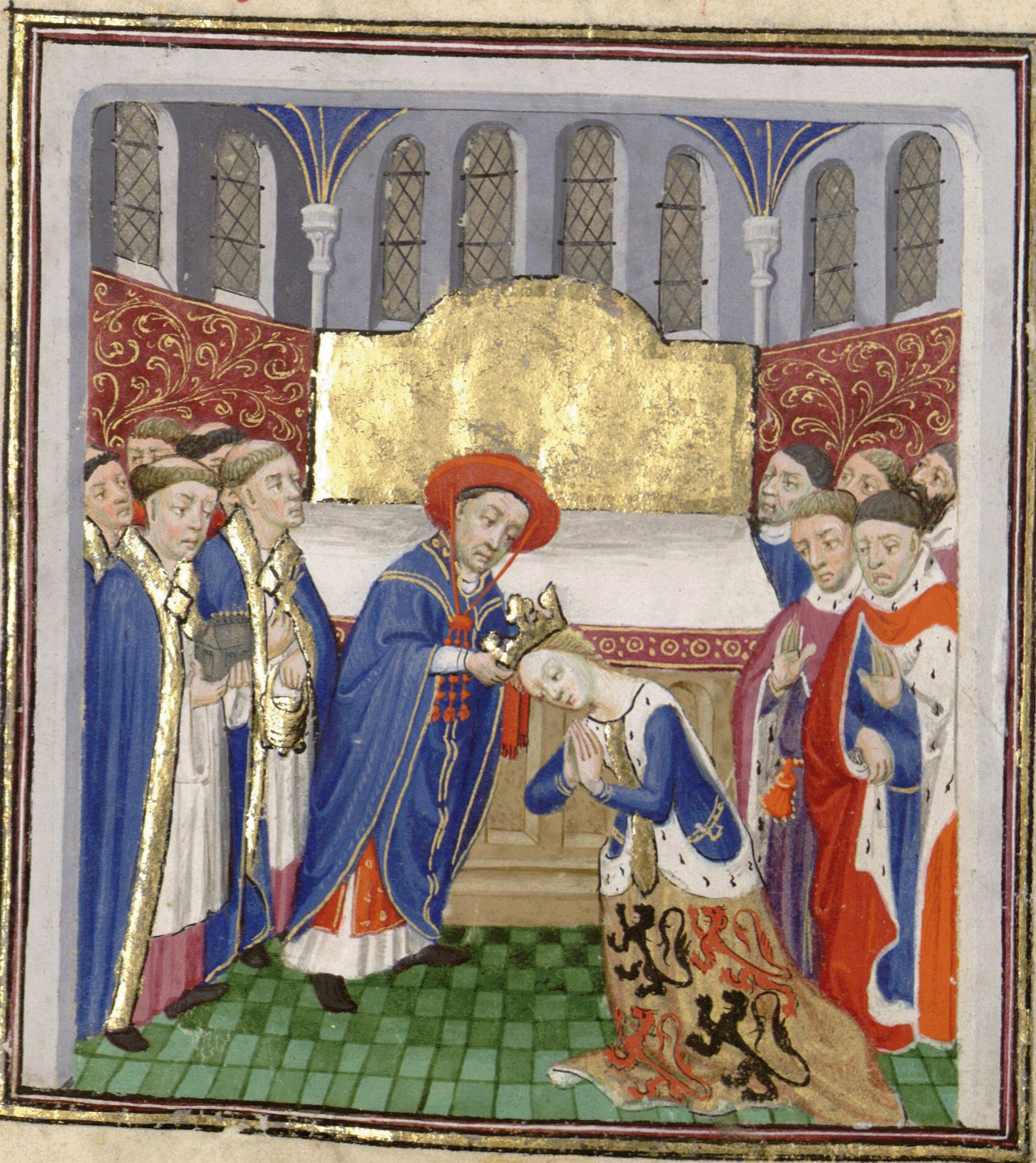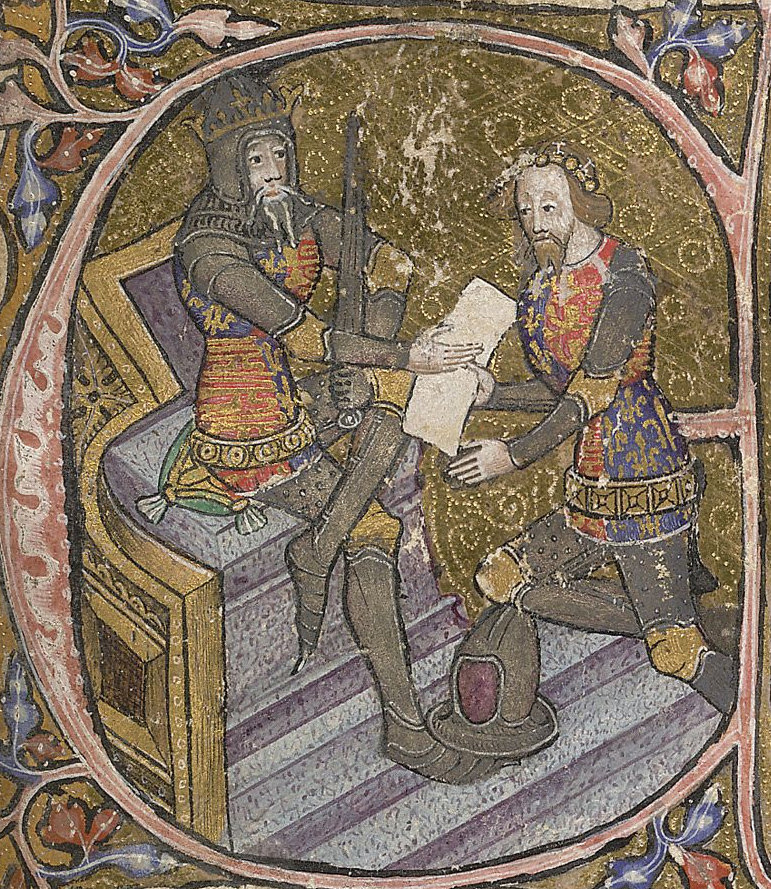by Susan Flantzer
© Unofficial Royalty 2020
Principality of Lippe: Originally called Lippe-Detmold, the Principality of Lippe came into existence in 1789 when it was raised from a County within the Holy Roman Empire to a Principality. Leopold I, Count of Lippe-Detmold became the first Prince of Lippe.
At the end of World War I, Leopold IV, the last Prince of Lippe, was forced to abdicate on November 12, 1918. However, Leopold negotiated a treaty with the new government that allowed his family to remain in Lippe. Today the territory that encompassed the Principality of Lippe is located in the German state of North Rhine-Westphalia.
*********************
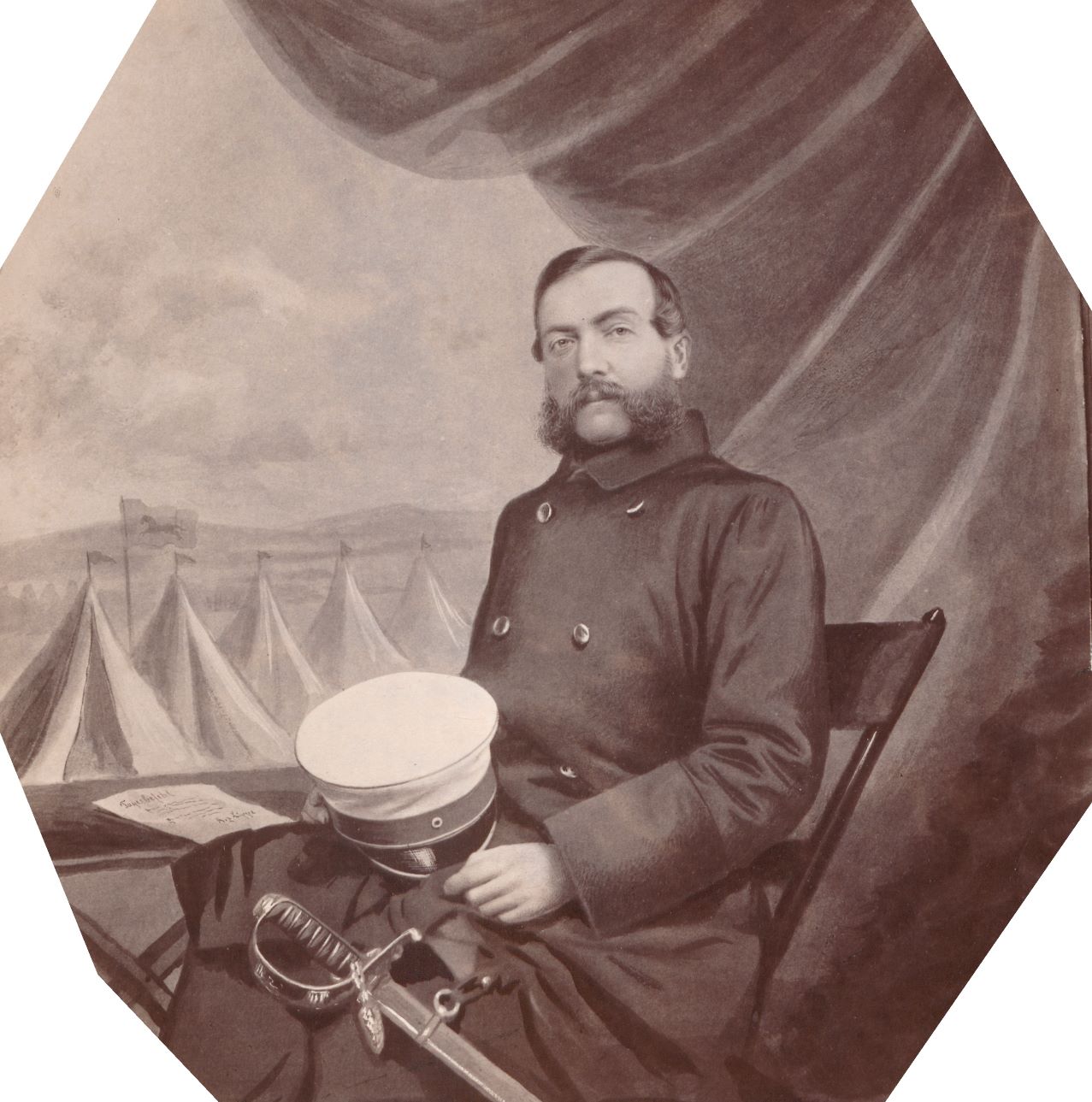
Alexander, Prince of Lippe; Credit – Wikipedia
Alexander, Prince of Lippe (Karl Alexander) was the seventh of the nine children of Leopold II, Prince of Lippe and Princess Emilie of Schwarzburg-Sondershausen. He was born on January 16, 1831, in Detmold, Principality of Lippe, now in North Rhine-Westphalia, Germany.
Alexander had six older siblings and two younger siblings. It appears his brothers Leopold and Woldemar, who were both reigning Princes of Lippe, were the only ones who married but neither had any children. This would eventually create a succession crisis.
- Leopold III, Prince of Lippe (1821 – 1875), married Princess Elisabeth of Schwarzburg-Rudolstadt, no children
- Princess Luise of Lippe (1822 – 1887)
- Woldemar, Prince of Lippe (1824 – 1895), married Princess Sophie of Baden, no children
- Princess Friederike of Lippe (1825 – 1897)
- Prince Friedrich of Lippe (1827 – 1854)
- Prince Hermann of Lippe (1829 – 1884)
- Prince Karl of Lippe (1832 – 1834), died in childhood
- Princess Pauline of Lippe (1834 – 1906)
Alexander served as a captain in the army of the Kingdom of Hanover. He had a fall from his horse in 1851 and over the subsequent years, he developed the first signs of mental disorder. In 1870, due to the worsening of his mental disorder, Alexander was legally declared incapacitated. The following year, it became necessary to place Alexander in the St. Gilgenberg Sanatorium, a private sanatorium for men with nervous and mental disorders, near Bayreuth, Kingdom of Bavaria, now in the German state of Bavaria, where he spent the remainder of his life.

St. Gilgenberg Sanatorium where Alexander was a patient from 1871 until he died in 1905; Credit – Wikipedia
There appears to be a history of mental disorder in the Lippe family. Alexander’s grandfather Leopold I, Prince of Lippe had mental disorders that interfered in his role as reigning prince. He was deemed incapacitated by the Reichskammergericht (Imperial Chamber Court), one of two highest judicial institutions in the Holy Roman Empire, and placed under guardianship. Leopold I’s condition improved for a while, allowing him to marry. However, because of Leopold I’s tenuous mental condition, his wife Pauline became his governmental adviser and colleague, staying mostly in the background and avoiding anything that could be interpreted as exceeding her duties. Within the next few years, Leopold I developed intestinal tuberculosis and his mental disorders returned with memory loss. Leopold I, Prince of Lippe died at the age of 34. Prince Friedrich (1797 – 1854), Leopold I’s second son, was also described as temporarily mentally disturbed and Prince Kasimir August (1777 – 1809), Leopold I’s brother exhibited schizophrenic traits.
When Alexander’s father Leopold II died in 1851, he was succeeded by his eldest son Leopold III. The childless Leopold III died in 1875 and was succeeded by his next brother Woldemar, also childless. During Woldemar’s reign, Alexander became Woldemar’s only surviving brother, the last of the line of the House of Lippe, and therefore his heir.
Because Alexander had been declared incapacitated and therefore, incapable of governing, a regency would be necessary during Alexander’s reign. In 1884, Ernst, Count of Lippe-Biesterfeld succeeded his father as the head of the non-reigning Lippe-Biesterfeld line of the House of Lippe. After the reigning Princes of Lippe, Lippe-Biesterfeld was the most senior line of the princely house followed by the Counts of Lippe-Weissenfeld and the Princes of Schaumburg-Lippe. According to the house law, Ernst, Count of Lippe-Biesterfeld was the heir.

Ernst, Count of Lippe-Biesterfeld; Credit – Wikipedia
However, Woldemar did not want Ernst, Count of Lippe-Biesterfeld to be his brother’s regent because of a personal dislike and because of his desire to bequeath his principality to a member of a ruling princely house. In 1890, Woldemar issued a decree, ordering that it be kept secret until his death, appointing Prince Adolf of the reigning House of Schaumburg-Lippe, the brother-in-law of Wilhelm II, German Emperor and King of Prussia, as his brother’s regent. When Woldemar, Prince of Lippe died March 20, 1895, his incapacitated brother Alexander succeeded him as Prince of Lippe, with a regency. However, Woldemar’s appointment of Prince Adolf of Schaumburg-Lippe as his brother’s regent sparked the Lippe succession dispute.
Ernst, Count of Lippe-Biesterfeld disputed the regency of Prince Adolf of Schaumburg-Lippe. The Lippe parliament confirmed Prince Adolf as regent but agreed, along with Prince Adolf, to submit to an arbitration decision. Due to the intervention of Wilhelm II, German Emperor and King of Prussia, there was intense interest in the Lippe succession dispute throughout Europe. The dispute also caused a temporary rift between Wilhelm II, who supported his brother-in-law Prince Adolf of Schaumberg-Lippe, and his Chancellor, Chlodwig, Prince of Hohenlohe-Schillingsfürst, who supported Count Ernst of Lippe-Biesterfeld for legal reasons and also because of a family relationship. On June 22, 1897, the seven-member Court of Arbitration, comprised of King Albert of Saxony as President and six Judges of the Imperial Court, granted Count Ernst of Lippe-Biesterfeld the regency of the Principality of Lippe and the right to succeed Alexander, Prince of Lippe.
As for Alexander, he probably knew nothing about the Lippe succession dispute. He remained at the St. Gilgenberg Sanatorium. He was able to attend concerts and plays, and spent his time playing chess, copying pictures from illustrated newspapers, listening to music, and playing chess. However, Alexander did know his rank and position and insisted on the proper etiquette.

Count Leopold of Lippe-Biesterfeld, the future Leopold IV, Prince of Lippe; Credit – Wikipedia
Count Ernst of Lippe-Biesterfeld remained as regent until his death on September 26, 1904, at the age of 62. His son Count Leopold of Lippe-Biesterfeld succeeded him as head of the Lippe-Biesterfeld line, Regent of the Principality of Lippe, and heir to the Lippe throne.
Alexander, Prince of Lippe, the last of the Lippe-Detmold line, died on January 13, 1905, aged 73, at the St. Gilgenberg Sanatorium, near Bayreuth, Kingdom of Bavaria, now in the German state of Bavaria. He was buried at the Mausoleum on the Büchenberg (link in German) in Detmold, Principality of Lippe, now in North Rhine-Westphalia, Germany. With the extinction of the Lippe-Detmold line, the throne of the Principality of Lippe went to Count Leopold of Lippe-Biesterfeld who would be Leopold IV, the last Prince of Lippe.

Mausoleum on the Büchenberg in Detmold. photo: by Tsungam – Own work, CC BY-SA 3.0, https://commons.wikimedia.org/w/index.php?curid=18903057
This article is the intellectual property of Unofficial Royalty and is NOT TO BE COPIED, EDITED, OR POSTED IN ANY FORM ON ANOTHER WEBSITE under any circumstances. It is permissible to use a link that directs to Unofficial Royalty.
Lippe Resources at Unofficial Royalty
Works Cited
- De.wikipedia.org. 2020. Ernst Zur Lippe-Biesterfeld. [online] Available at: <https://de.wikipedia.org/wiki/Ernst_zur_Lippe-Biesterfeld#Lippischer_Erbfolgestreit> [Accessed 21 October 2020].
- En.wikipedia.org. 2020. Ernest, Count Of Lippe-Biesterfeld. [online] Available at: <https://en.wikipedia.org/wiki/Ernest,_Count_of_Lippe-Biesterfeld> [Accessed 21 October 2020].
- Timesmachine.nytimes.com. 1895. Lippe Succession Decided.. [online] Available at: <https://timesmachine.nytimes.com/timesmachine/1897/07/08/105948202.html?pageNumber=7> [Accessed 21 October 2020].
- Timesmachine.nytimes.com. 1904. LIPPE’s INSANE MONARCH.; Prince Is Not Closely Confined — Goes To Concerts And Theatres.. [online] Available at: <https://timesmachine.nytimes.com/timesmachine/1904/10/14/101399441.html> [Accessed 21 October 2020].













